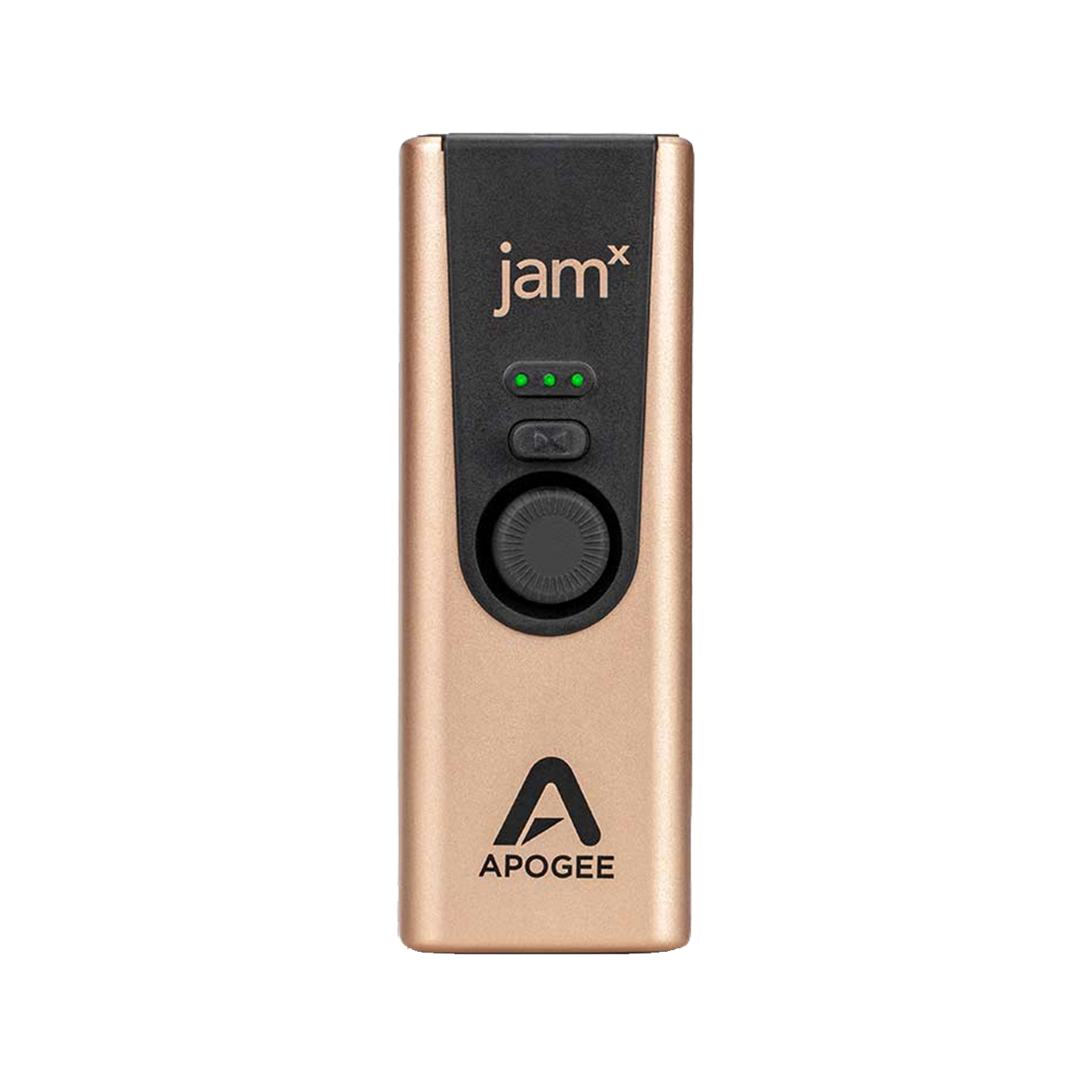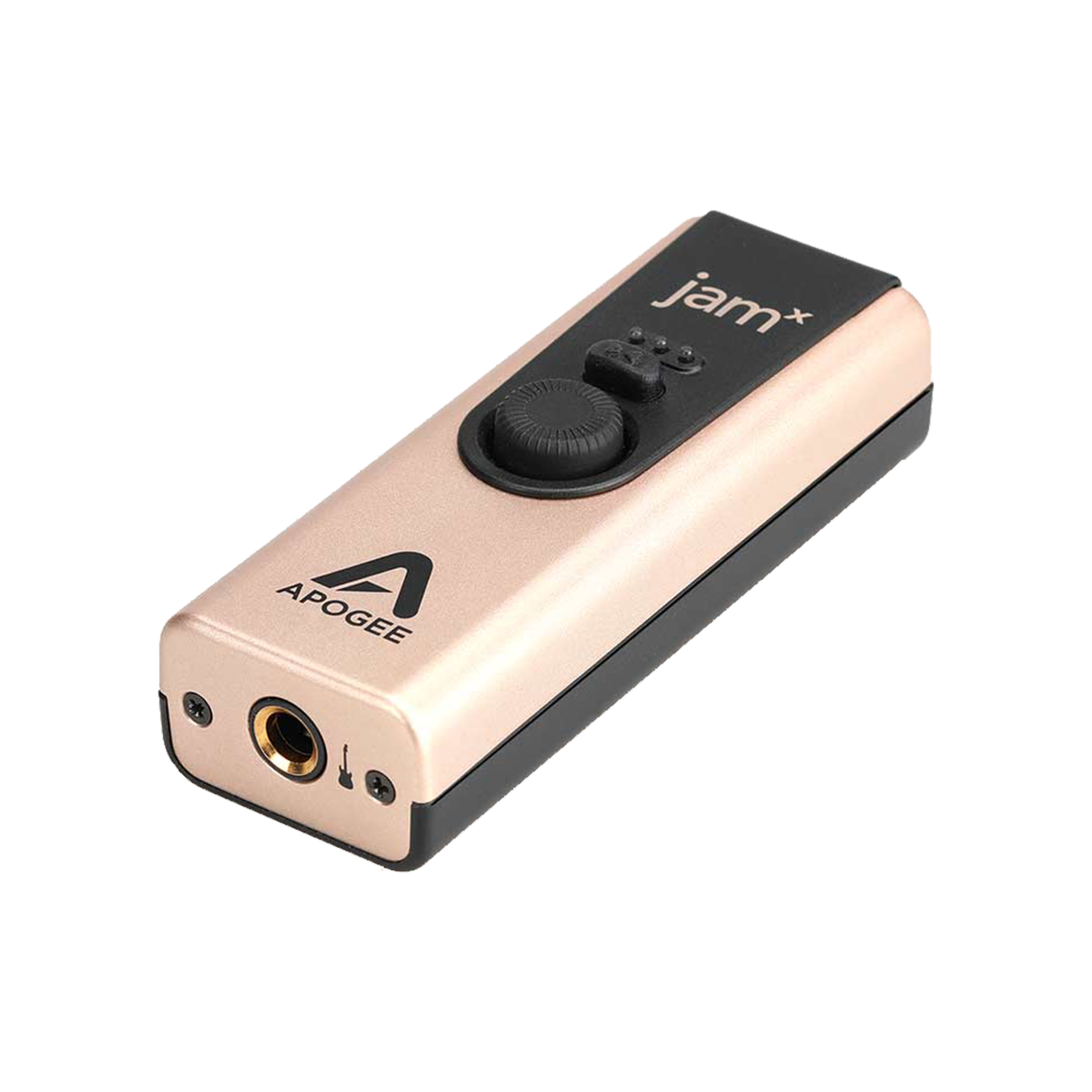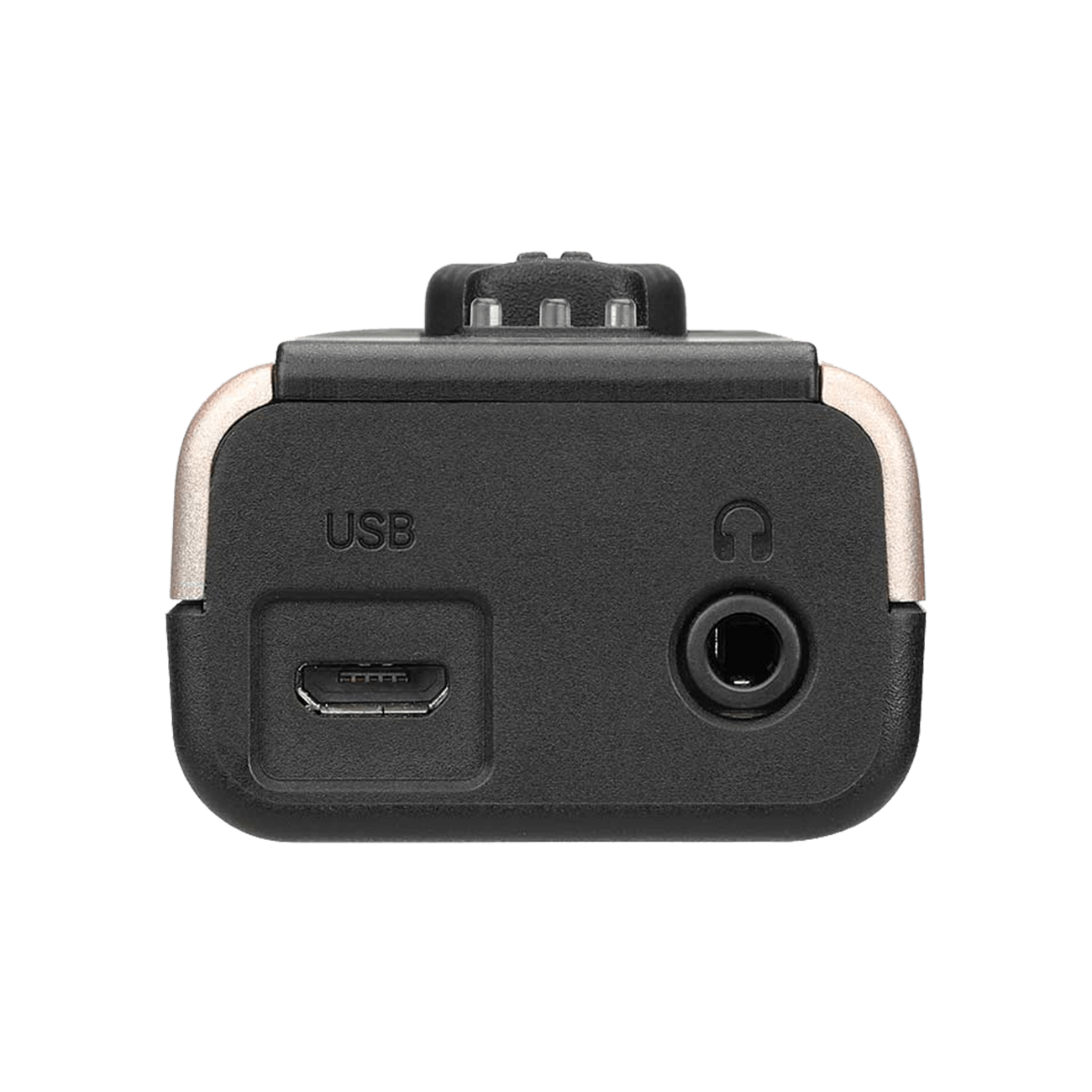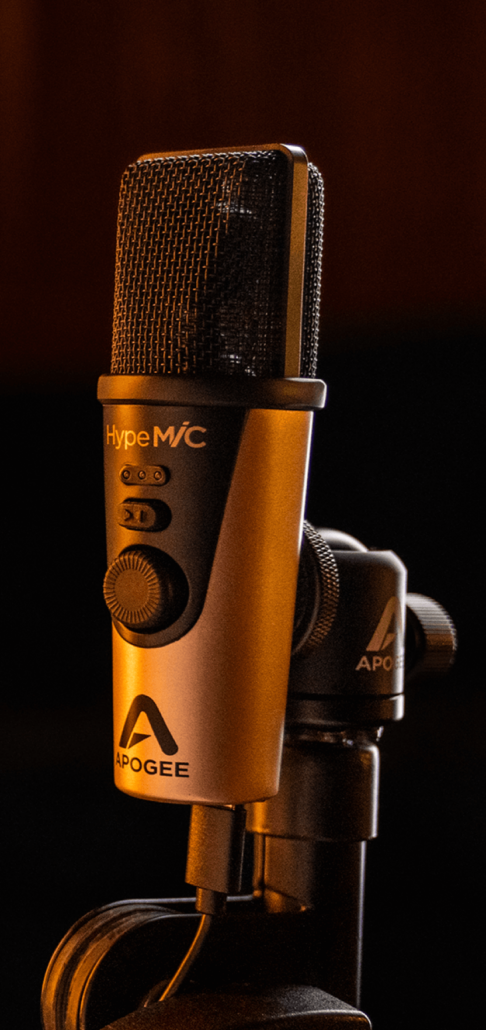Jam X
$249.00
Mobile Guitar Interface
Responsive and musical, Jam X brings your direct tone to a whole other level thanks to its built-in analog compressor. Choose from 3 presets that respond to how much you drive the input gain.
-
3 Levels of Built-In Analog Compression
-
Record with Zero-Latency with Blend Mode
-
Compatible with iOS, Mac, & Windows
-
Exclusive Trial of Archetype: Tim Henson
Jam X
$249
Bring Your Instrument To Life
Shape Your Tone
By applying compression before your virtual amp sim, you'll find new life in your guitar tone. Or record clean. The choice is yours.
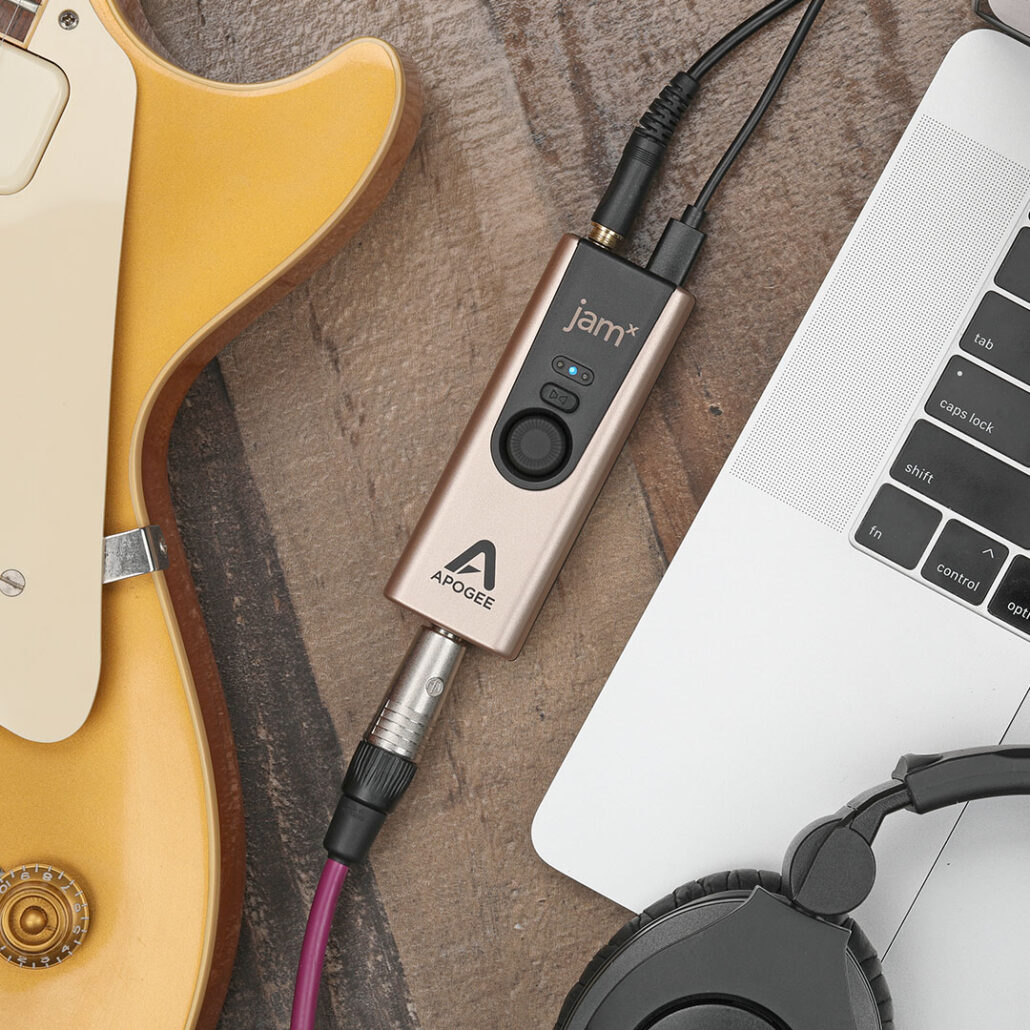
Never Miss A Beat
Stay in the rhythmic pocket with Blend mode, allowing you to record with absolutely no vibe-killing latency (delay).

Crank It Up
With high-resolution sample rates up to 96k and ample headroom, Jam X delivers incredible clarity to your headphones or speakers.

Neural DSP Extended Trial
Archetype: Tim Henson
After 60 days, you'll finally be able to play, "Playing God" by Polyphia. Well, maybe not exactly but at least you'll get to sound like Tim Henson.

Product Details
Specifications
Highlights
Compatibility
Bundled Software
In The Box
- Max Gain: 36dB
- Max Input Level: +18dBu
- Max Headphone output level: 8dBu (1.9Vrms) 100mW into 32 Ohm.
- Apogee’s PureDIGITAL connection for pristine sound quality
- Built-in Analog Compressor with 3 Presets: Smooth Leveler, Purple Squeeze, and Vintage Blue Stomp
- Up to 24-bit / 96 kHz recording
- Works with guitar, bass, keyboards, synths, & more.
- 1 x 1/4″ Instrument Input
- 1 x 1/8″ output connects to headphones or powered speakers
- Rugged Metal Body
- Blend mode for zero-latency recording.
- macOS: 10.14 and later
- iOS / iPad OS: 9 or later*
- Windows 10 or later*
All iPads with a USB-C port are compatible with Jam X. Devices with a Lightning port require a lightning-to-micro USB cable. Which is sold separately.
For Windows download the Apogee ASIO Driver on the Downloads page.
- Exclusive 60-Day Trial of Archetype: Tim Henson by Neural DSP
Create an account on Apogee’s website and register your Jam X to receive these offers.
- Jam X
- USB Type C / Type A Cable
- Getting Started Links
- Warranty Information
Leo Amuedo Working With Jam X
FAQ
Jam X comes with a Micro-USB to USB C cable.
This delay is called latency, and is caused by your computer and/or recording software. Here are a few ways to minimize the latency through your system:
1. Set your Amp sim or DAW software to a sample rate of 96kHz – this divides latency in half.
2. Lower the buffer setting on your software as low as possible while avoiding audio dropouts or glitches. If you have a powerful computer and your sessions use a moderate amount of plugin processing, you may be able to find a buffer setting that works.
3. If latency is still too high, turn Blend on to engage Direct monitoring. Blend On – Direct Monitoring When Blend is on, you hear your instrument BEFORE it’s been routed through your Amp Sim app or DAW.
The 1/4″ input is an unbalanced TS instrument input.


